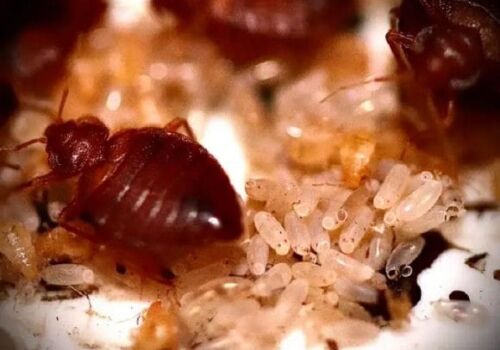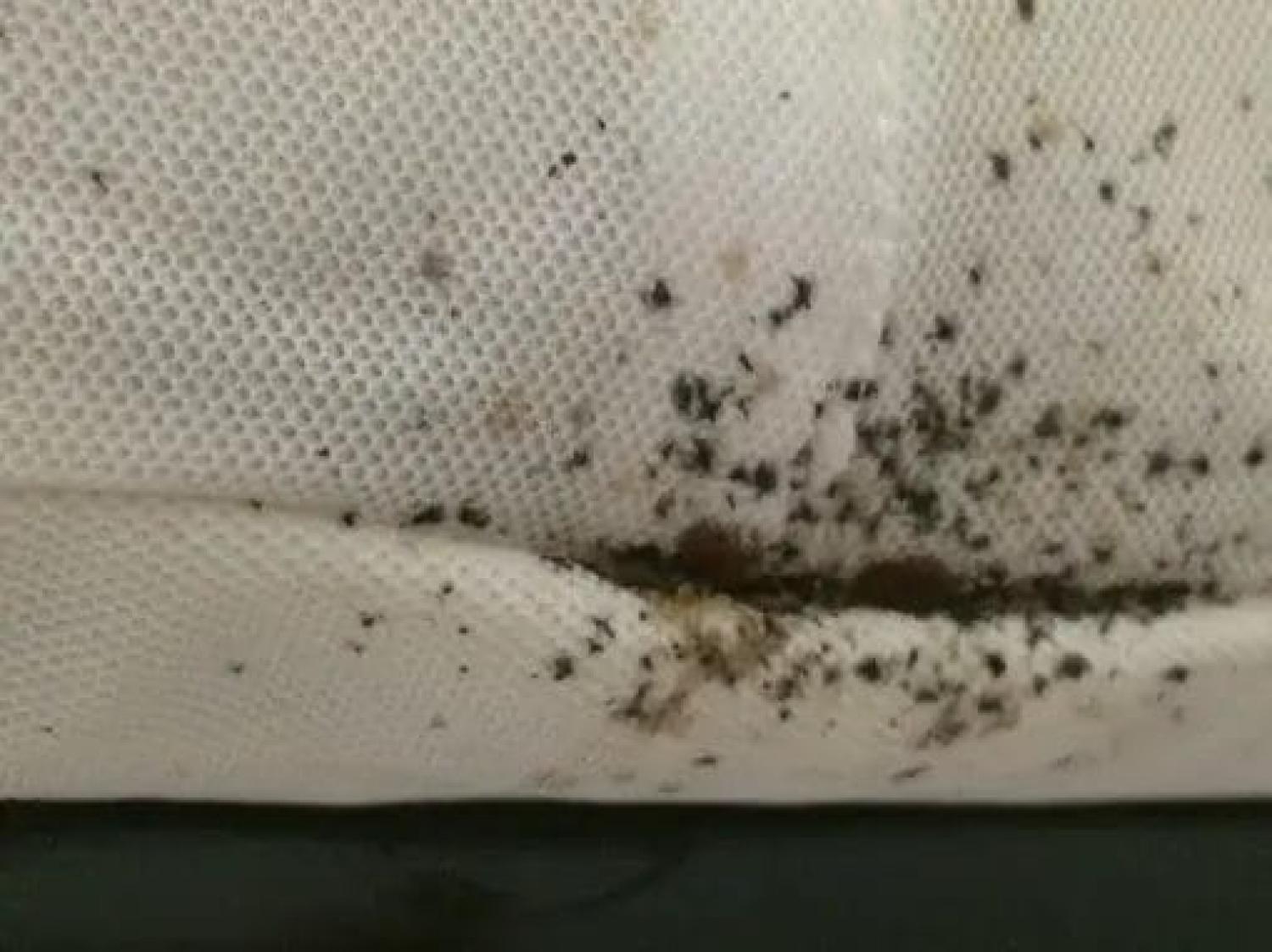The Battle Against Bedbugs: What We Accomplished
El Paso St, San Antonio, TX, US
Description
I. Introduction to Bedbugs
A. Overview of Bedbug Characteristics
Bedbugs are small, nocturnal parasites that feed on human blood. They are roughly the size of an apple seed, have flat, oval bodies, and are typically reddish-brown in color. These pests are adept at hiding in crevices and are known for their resilience.
B. Signs of a Bedbug Infestation
Common signs of a bedbug infestation include bite marks on the skin, small blood stains on sheets, and dark spots (bedbug excrement) on bedding and furniture.
II. Prevention of Bedbug Infestations
A. Routine Inspections
Regular inspections of sleeping areas, particularly mattresses, bed frames, and furniture, can help catch bedbug infestations early.
B. Proper Luggage Management During Travel
When traveling, keep luggage off the bed and inspect hotel rooms for signs of bedbugs before settling in.
C. Keeping the Home Tidy and Clutter-Free
Maintaining a clean and organized home minimizes potential hiding spaces for bedbugs, making infestations less likely.
III. Initial Steps for Identifying Infestations
A. How to Confirm the Presence of Bedbugs
To confirm an infestation, look for live bedbugs or their molted skins, as well as evidence of bites on your skin.
B. Importance of Thorough Inspection of Sleeping Areas and Furniture
A thorough inspection of mattresses, bedding, and upholstery is crucial for identifying bedbugs early before they multiply.
IV. Treatment Options
A. Do-It-Yourself (DIY) Treatments
1. Use of Insecticides
When opting for DIY treatments, insecticides specifically labeled for bedbug extermination can be effective.
2. Heat Treatments
Heat treatments involve raising the temperature of affected areas to levels lethal to bedbugs.
3. Vacuuming and Cleaning Practices
Regularly vacuuming and washing bedding and clothing in hot water can help reduce bedbug populations.
B. Professional Pest Control Services
1. Types of Treatments Provided
Professional pest control services offer comprehensive solutions, including chemical treatments, heat treatment, and fumigation.
2. Benefits of Professional Extermination
Hiring professionals ensures thorough treatment and may prevent a future re-infestation, saving time and effort.
V. Follow-Up Care
A. Monitoring for Signs of Bedbugs After Treatment
After treatment, continue to monitor your home for any signs of bedbugs to ensure they have been eradicated.
B. Maintenance Tips to Avoid Re-Infestation
Implementing prevention strategies, such as regular inspections and maintaining cleanliness, can help avoid future infestations.
VI. Conclusion
A. Summary of Effective Bedbug Treatment Strategies
Addressing bedbug infestations promptly through identification, treatment, and prevention strategies is essential for a pest-free environment.
B. Final Thoughts on the Importance of Addressing Infestations Promptly
Acting quickly can prevent bedbug populations from growing, ensuring a healthier and more comfortable living space.
FAQs
1. What attracts bedbugs to my home?
Bedbugs are often attracted to warmth and carbon dioxide emitted by humans. They can easily hitch a ride on clothing and luggage.
2. Can bedbugs transmit diseases?
No, bedbugs are not known to transmit diseases, but their bites can cause itching and discomfort.
3. How long does a bedbug infestation last?
If not addressed, a bedbug infestation can last for months or even years, as they breed quickly.
4. How can I prevent bedbugs when staying in hotels?
Inspect your room thoroughly, keep luggage elevated, and avoid placing belongings on the bed.
5. When should I consider hiring a professional pest control service?
If DIY methods do not eliminate the infestation or if the infestation is extensive, hiring a professional is advisable.</p
Comments










